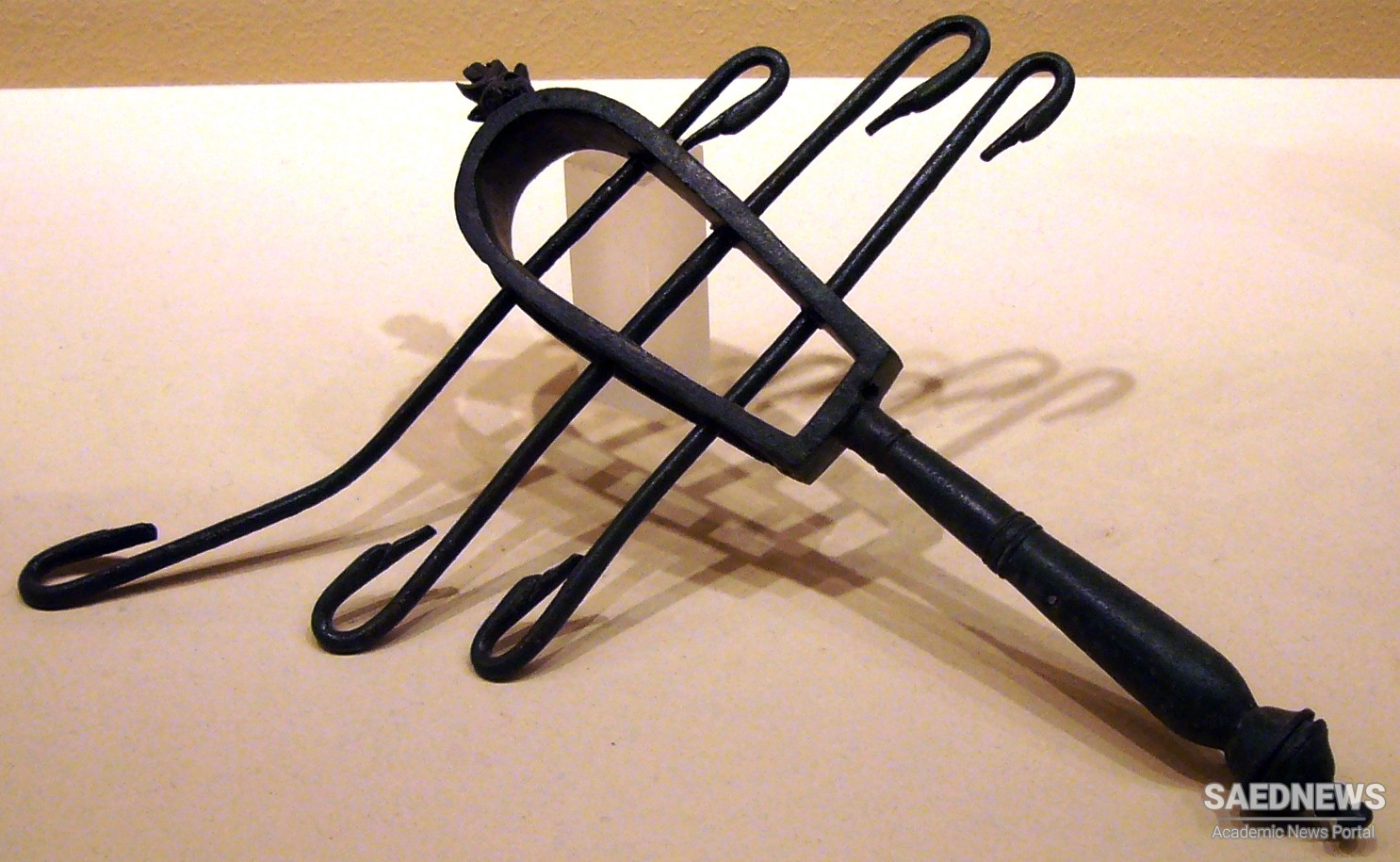The sistrata turba, ‘the sistrum-shaking crowd’ of women, shook it when they worshiped the bovine goddess Hathor. Hathor later on metamorphosed into the maternal goddess Isis, the wife of Osiris, and as the peoples of the Roman Empire gradually lost their faith in the old gods, the joyful cult of Isis became popular in all parts of the Empire; thus, sistra were found as far away as France.
The sistrum was made in two different forms. One of them, called sešešet, was confined to Egypt; no specimen was found abroad. It is known to Egyptologists as naos sistrum, sistrum in the shape of a small temple or naos. The upper end is carved in the form of Hathor’s head and supports the heavy frame, which looks like the front view of a small temple with a door. Holes on either side of the frame have jingling cross wires strung through them. Originally this implement did not have these wires and was a mute emblem; only later on was the jingling contrivance taken over from the other type of sistrum that the Egyptians called iba or seem.
This sistrum, generally made of metal, also had a handle, but instead of the massive naos a horseshoe-shaped frame with the closed end at the top. Through opposite holes in the sides of the horseshoe frame, two, three or four wires slipped back and forth in the loose holes and jingled when their bent ends touched the frame. During the Old and Middle Kingdoms small jingling disks were strung upon the wires to increase the noise; they were given up in the New Kingdom. Finer specimens had a rich, symbolic decoration which alluded to the ritual purposes of the instruments. The cross rods were given the head and the tail of a sacred snake; Isis with the horn of plenty and her son Horos might stand within the frame; a suckling cat with the moon disk on its head could be carved at the top; or a figure of Bes, the healing god, would serve as a handle.


 Egyptian Instruments: Early Buds
Egyptian Instruments: Early Buds














































